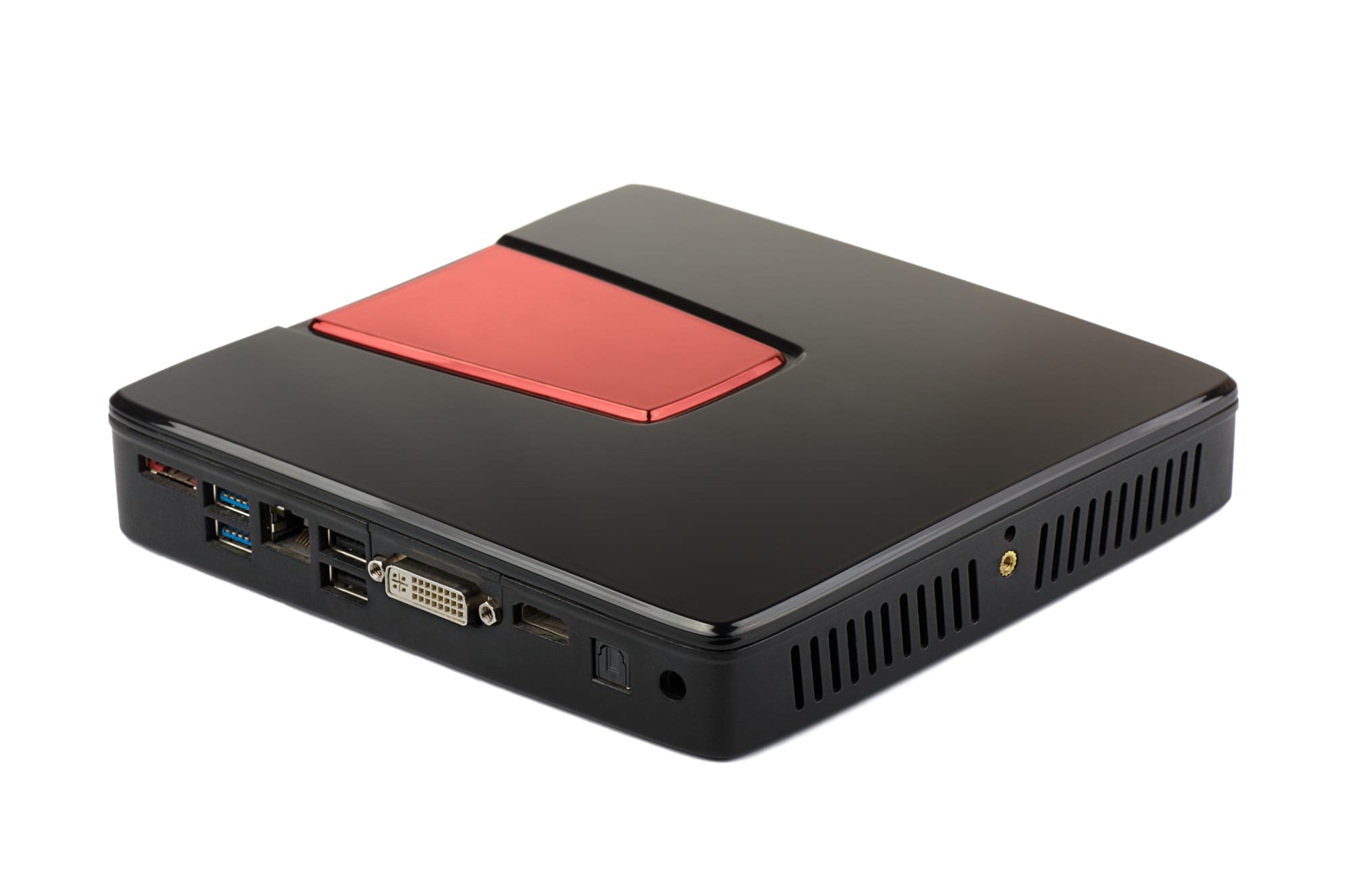The legacy of the minicomputer and its industrial impact

introduction
The minicomputer, considered a mid-sized computer between the mainframe and the personal computer (PC), transformed the technology industry and brought with it revolutionary changes in the fields of computing and business. The invention of the minicomputer allowed access to advanced computing at a lower cost, which paved the way for further technological developments and influenced the way organizations and companies conduct business in recent decades.
The evolution of the minicomputer
The first minicomputer, the PDP-8, was introduced by Digital Equipment Corporation (DEC) in 1965. The PDP-8 was smaller and cheaper than the mainframe computers of the time, offering advanced performance at a price more accessible to small and medium-sized businesses. The success of the PDP-8 led to the development of other minicomputer models, such as the PDP-11, which became very popular due to their flexibility and capabilities.
The industrial impact
Minicomputers represented a significant leap in the industry thanks to a number of distinct advantages:
- Accessibility and Availability : Minicomputers were smaller and cheaper than mainframes, making them affordable for small and medium-sized businesses to purchase and use. This contributed greatly to the spread of technology and improved business efficiency.
- Flexibility : Minicomputers offered greater flexibility in operation and adaptation to different needs. They allowed businesses to perform advanced computational operations, manage databases, and run customized software.
- Integration with other industries : Minicomputers have been used in many diverse industries, such as healthcare, finance, and education. They have enabled the development of applications specific to the needs of these industries and have improved efficiency and productivity.
- Impact on technological development : Minicomputers were the foundation for many technological developments. They formed the basis for the field of artificial intelligence, data processing, and the development of new programming languages. In addition, they helped in the development of computer networks and data communications, which later became the Internet.
The legacy
The minicomputer has had a major impact on computing and technology in recent decades. The changes it has brought are visible in almost every field:
- Development of personal computers : Minicomputers were an important transitional stage in the development of personal computers. They introduced developers and users to the benefits of small, accessible computers, which later led to the development of modern personal computers.
- Support for digitization processes : Minicomputers formed the infrastructure for digitization processes in organizations, allowing them to move to digital work and manage information more efficiently.
- Software and operating system development : Minicomputers served as a platform for